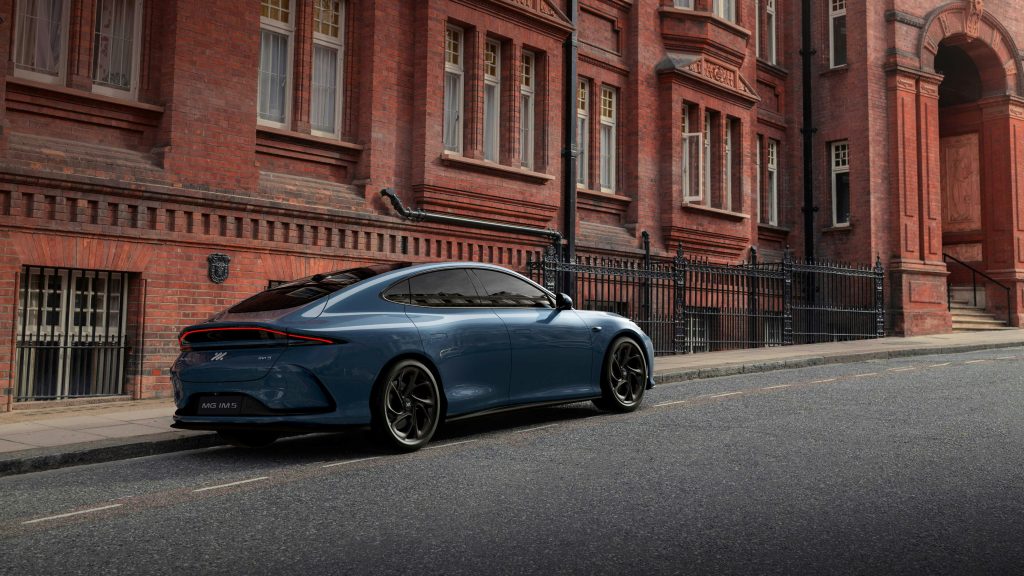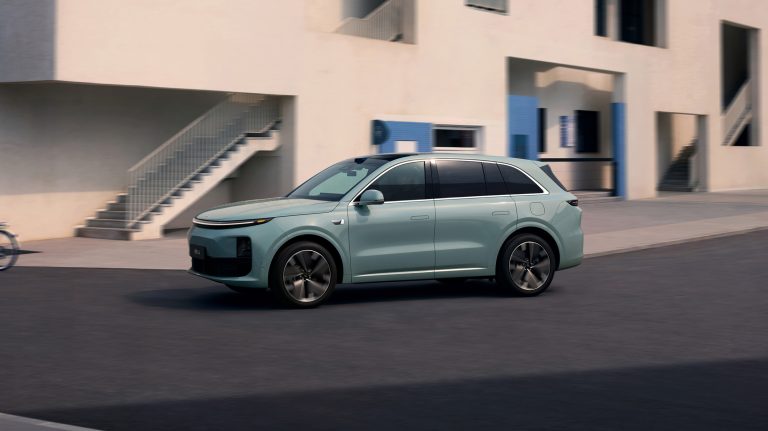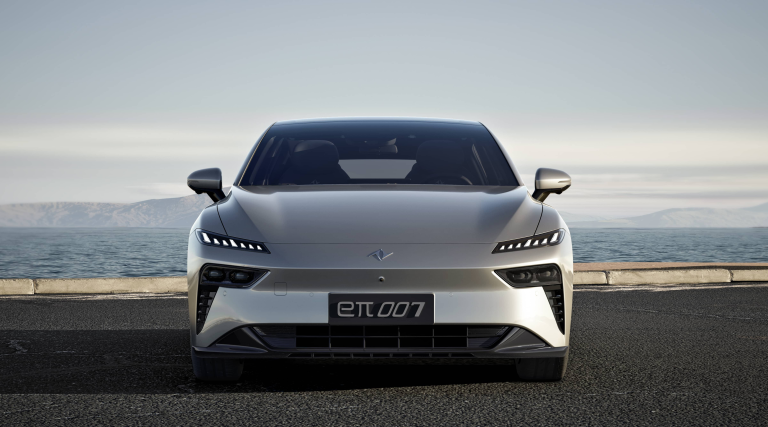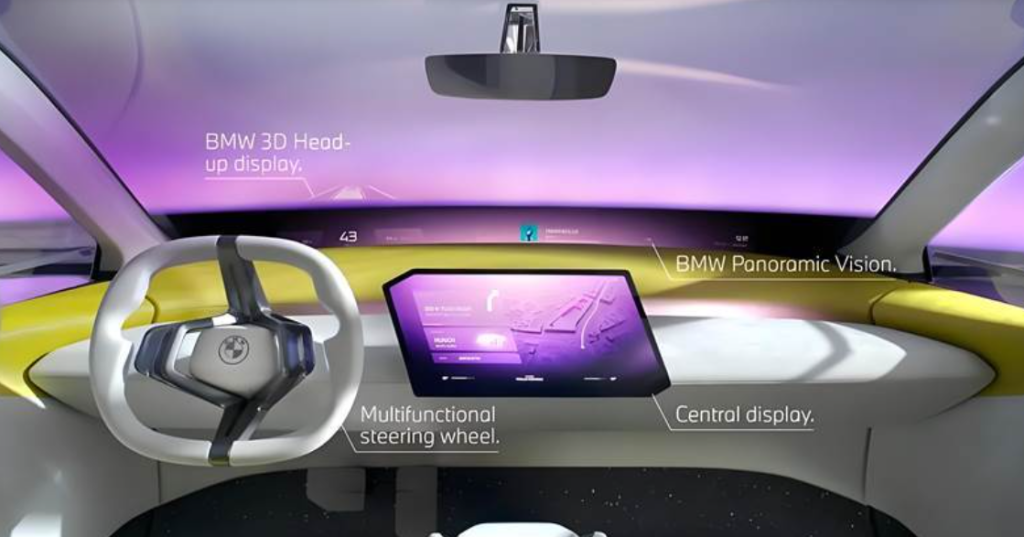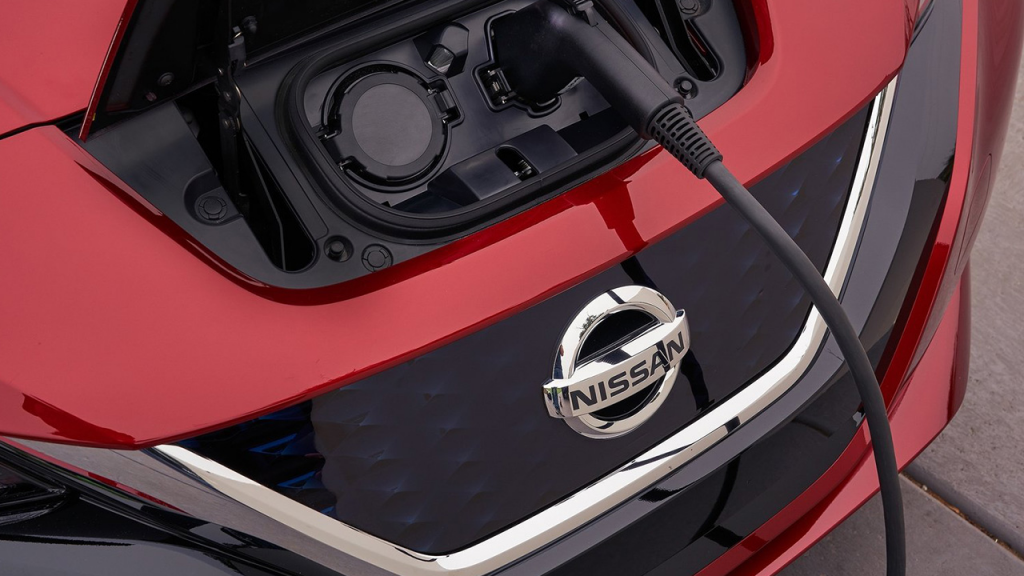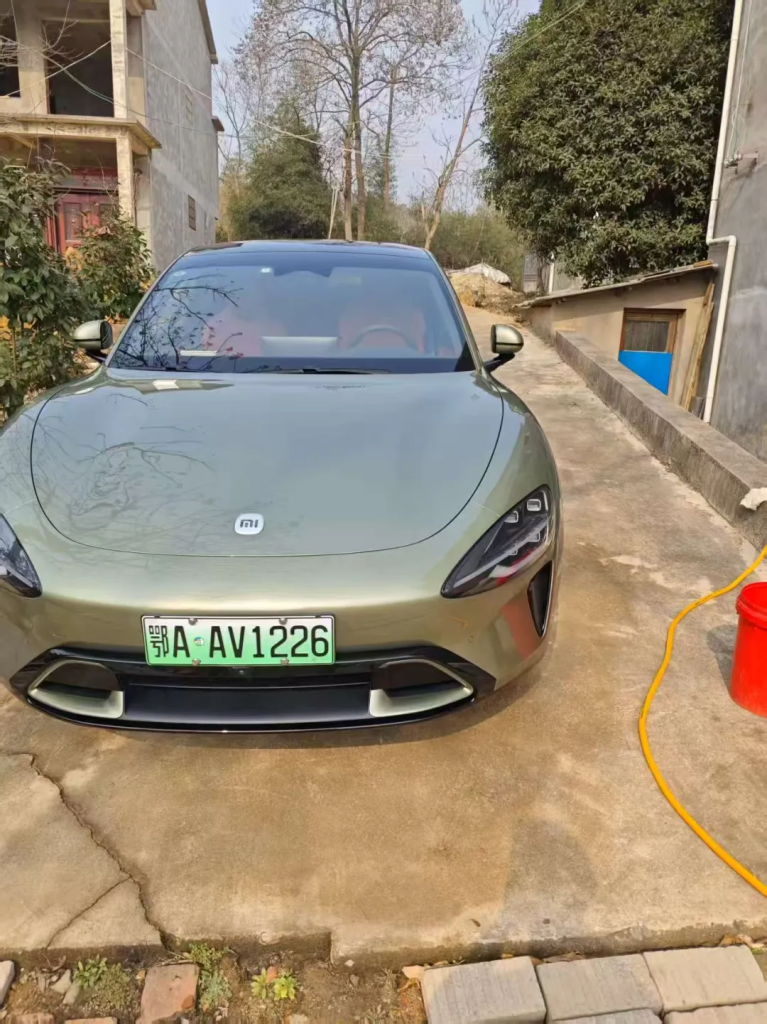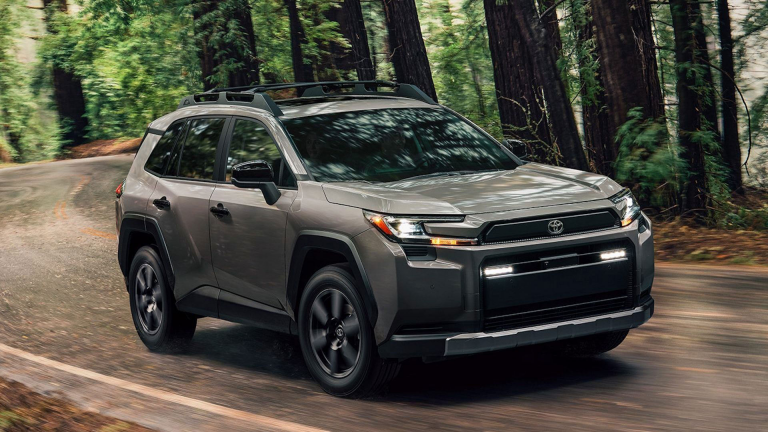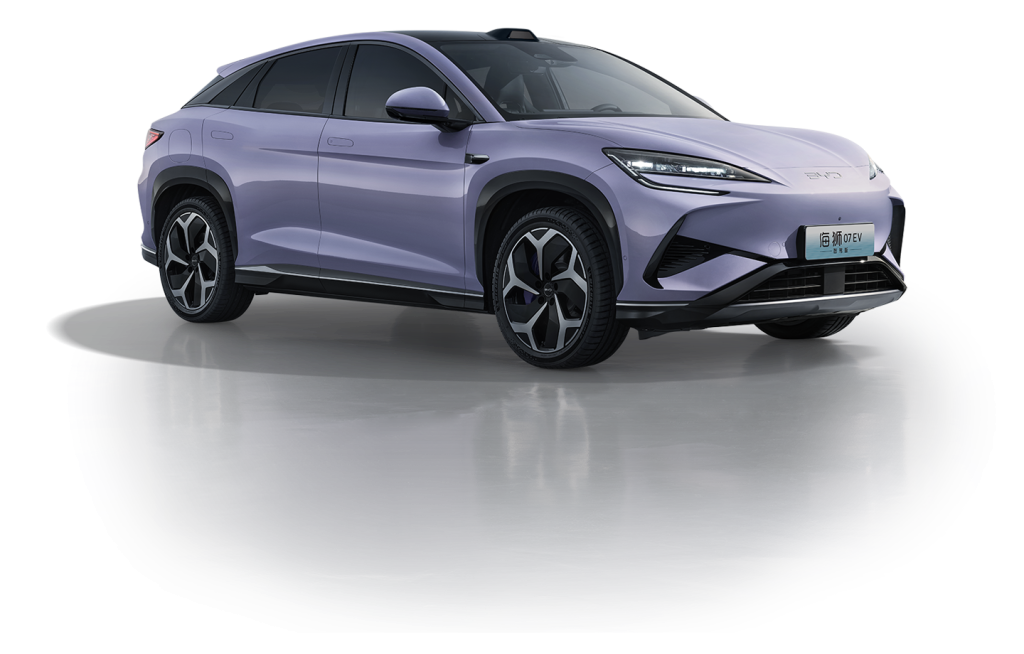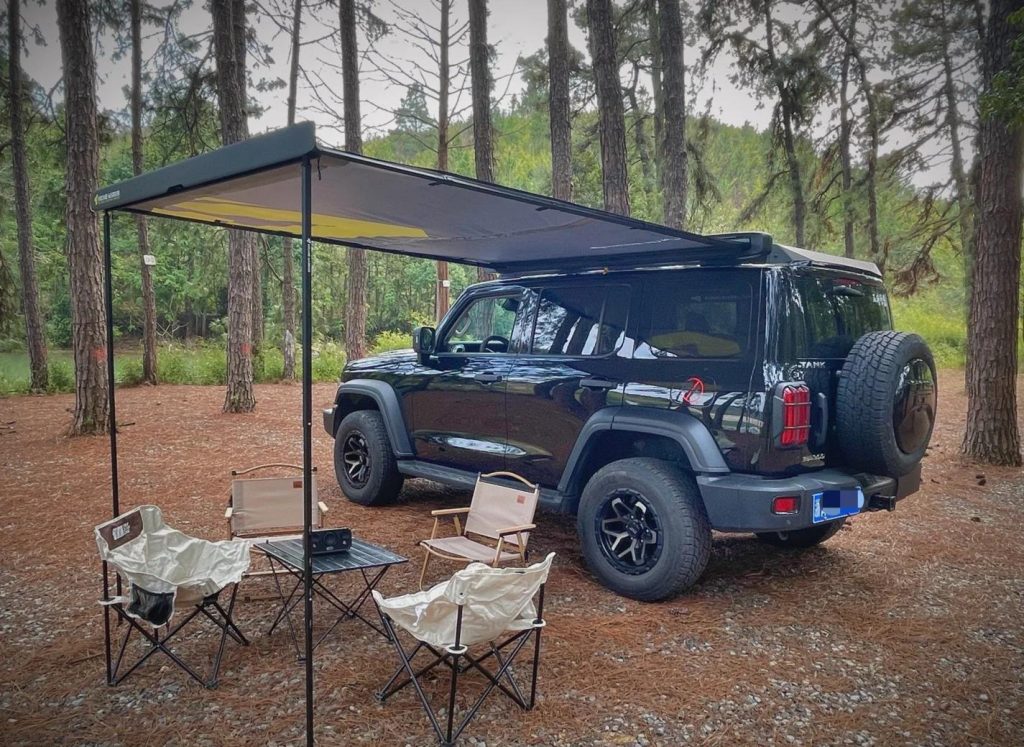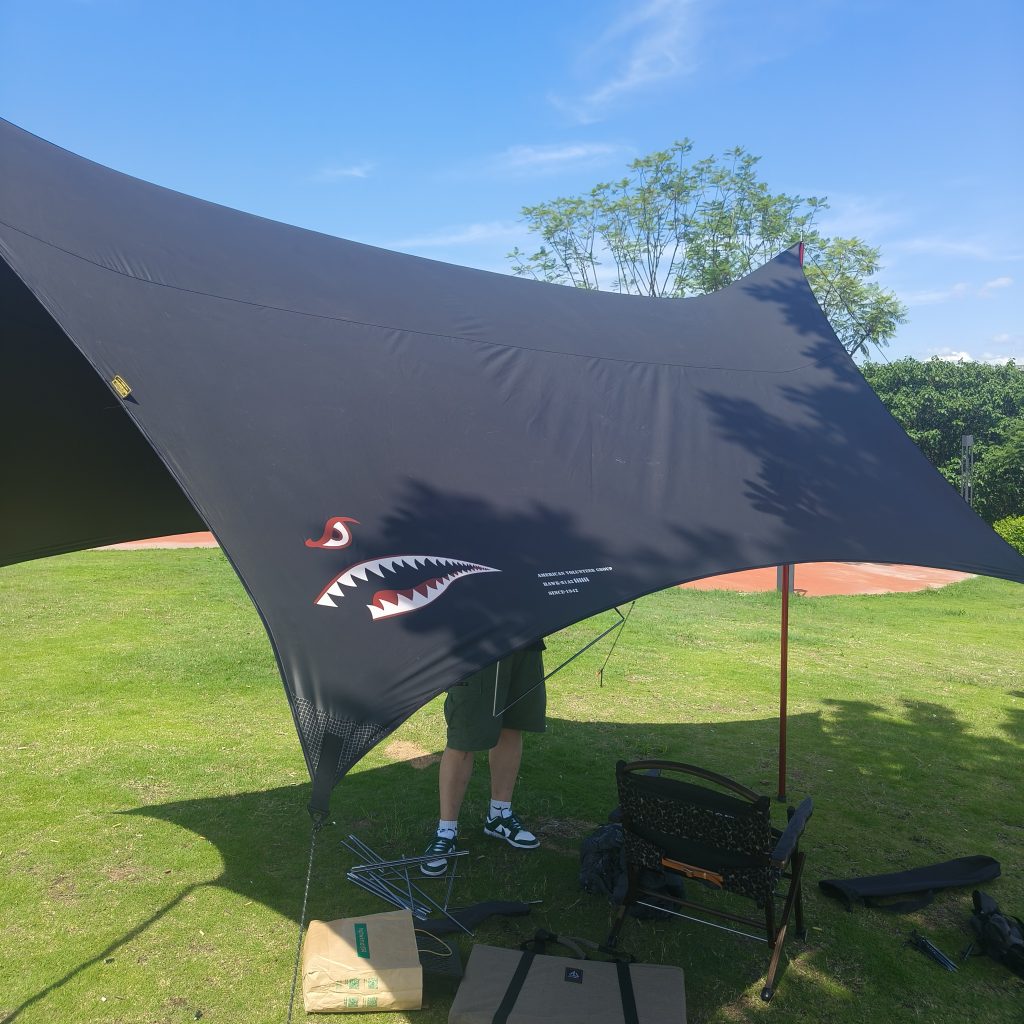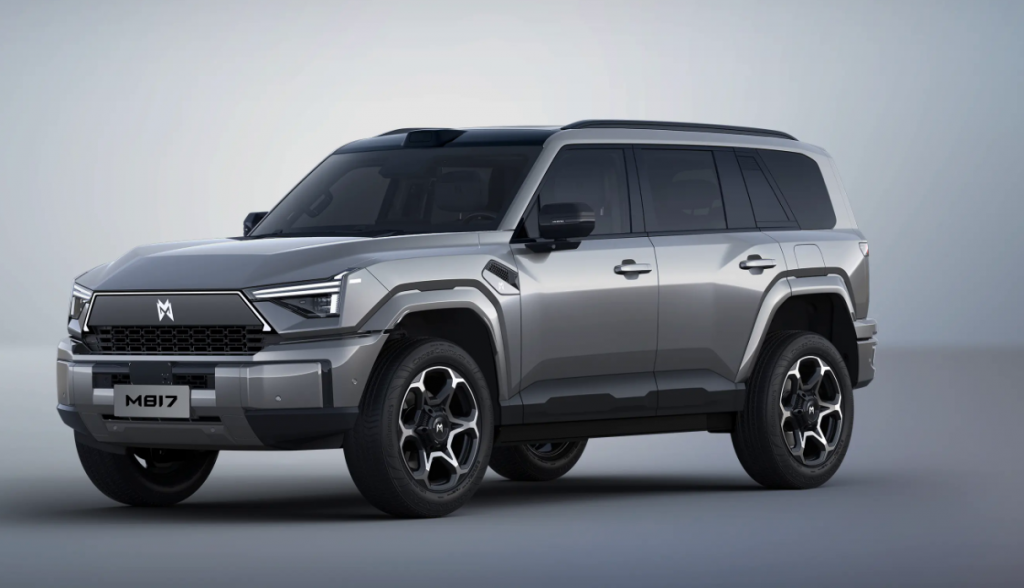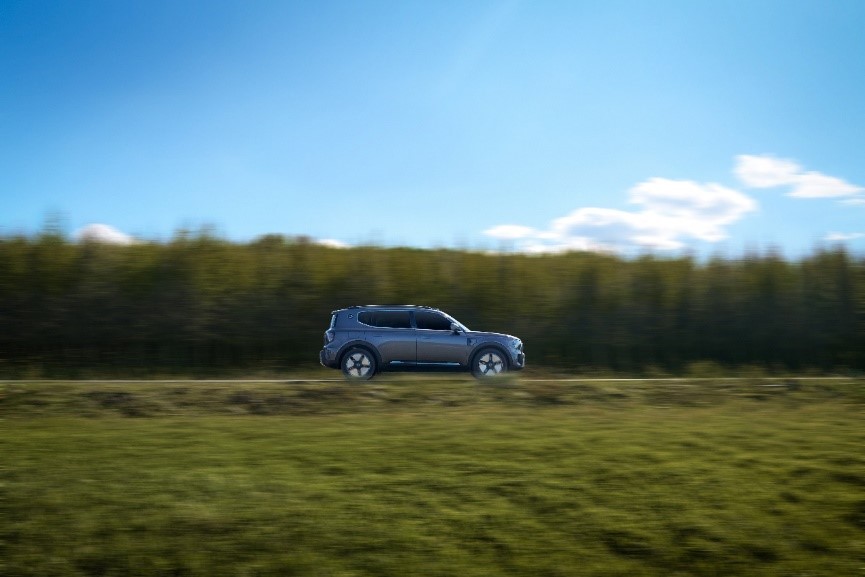The car refrigerator, once a niche accessory for premium vehicles, is rapidly gaining traction in China, driven by changing consumer behaviors, the rise of outdoor recreation, and the booming NEV market. Originating in Europe, where high car ownership and road-trip culture fostered demand, the sector is now experiencing explosive growth in China as OEMs and consumers embrace the convenience and lifestyle benefits these devices offer.
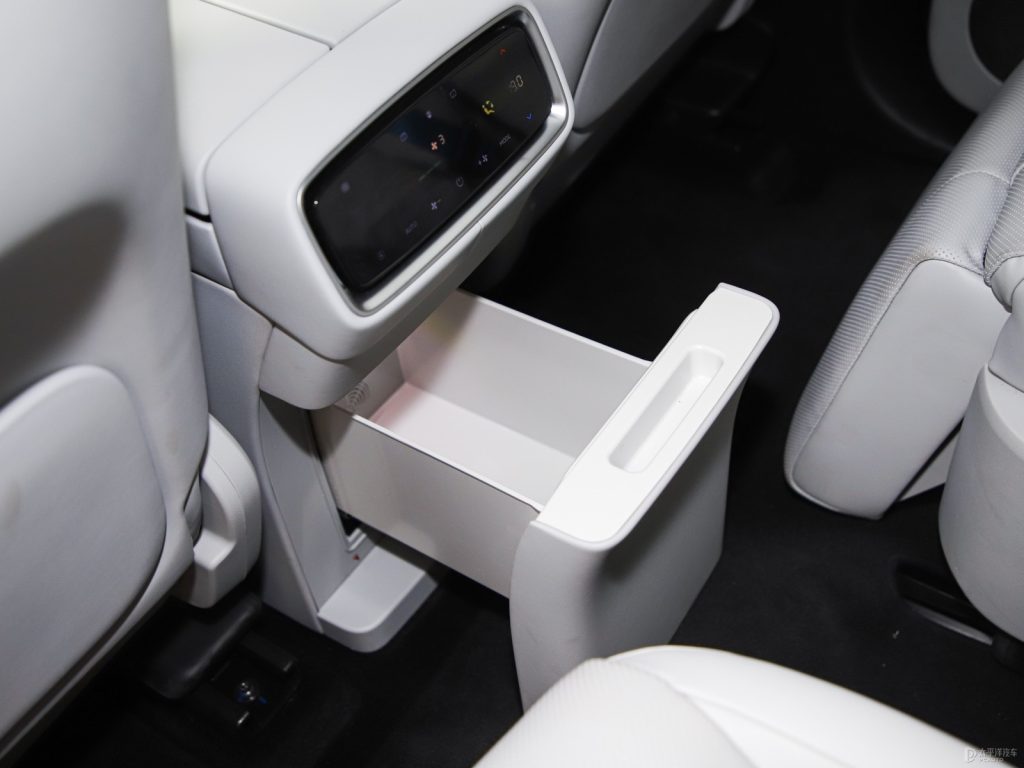
From high-end OEM-installed units to aftermarket portable models, China’s car refrigerator industry is evolving at pace – fueled by NEV adoption, outdoor enthusiasm, and a maturing aftermarket. This report examines the market’s current dynamics, future trends, and the companies leading the charge.
Market Growth Drivers
- NEV Expansion as a Catalyst
The synergy between car refrigerators and NEVs is undeniable. Unlike traditional combustion-engine cars, NEVs offer robust power systems capable of supporting high-load appliances, making them ideal for refrigeration. With NEV penetration in China surging – from just 4.5% in 2018 to 33.8% in 2023 – OEMs increasingly integrate refrigerators to differentiate models. Brands like BYD, NIO, and Li Auto now offer built-in chillers as premium features, signaling broader adoption ahead. - Outdoor Boom and Lifestyle Demand
Post-pandemic wanderlust has fueled a camping and road-trip renaissance. Searches for “self-driving tours” rose 39% YoY in 2023, while outdoor gear revenue grew at a 27.3% CAGR (2018- 2022). Portable car refrigerators, vital for keeping food and drinks fresh, have become a staple for this demographic, blurring the line between utility and lifestyle product. - Aftermarket Expansion
China’s automotive aftermarket hit USD 170 billion in 2022, with refrigerators transitioning from OEM exclusives to mainstream accessories. E-commerce platforms like Douyin (TikTok’s Chinese counterpart) and Tmall have amplified accessibility, with top brands like Indel and Alpicool dominating sales.
Technology Trends: Compressor vs. Semiconductor
The market is split between compressor-type (powerful but pricier) and semiconductor-type (cheaper, lighter) models. While semiconductors appeal to budget buyers, compressors are gaining ground due to superior performance:
- Lower noise (as low as 32 dB) vs. Semiconductor fans.
- Deeper cooling (-18°C vs. Semiconductors’ -5°C).
- Longevity (10+ years vs. Semiconductors’ 3-5 years).
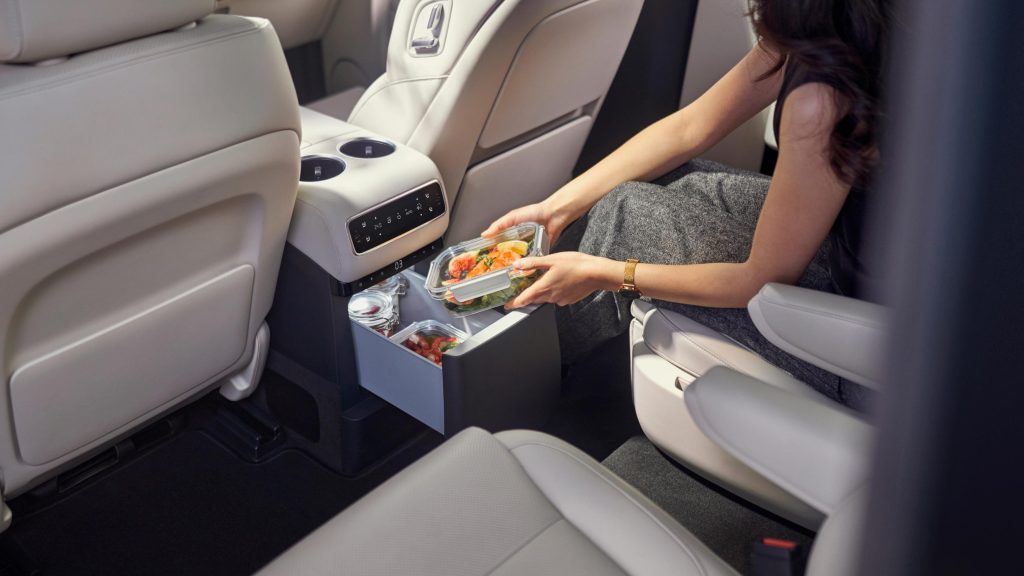
Competitive Landscape
- Indel: The Domestic Pioneer
- Founded in 2005, Indel is China’s first car refrigerator manufacturer, supplying Mercedes-Benz, Li Auto, and NIO.
- Its T20 Pro series (with Bluetooth control and ultra-low noise) is a bestseller, generating USD 1.7 million in July 2023 alone on Douyin.
- Strategic moves: Recent expansions into the UK and partnerships with Jaguar Land Rover highlight global ambitions.
- Alpicool: The Challenger
- Focused on affordability, Alpicool (under Aikai Group) has grown via e-commerce, claiming 13% of Douyin’s market.
- Leveraging LG compressors and aggressive branding, it’s bridging the gap between budget and premium segments.
- International Brands
Philips and Coca-Cola (via licensed products) are niche players, but their presence signals rising mainstream interest.
Future Outlook
Three key trends will shape the industry:
- Front-Mounted Dominance: As NEV makers seek cabin-integrated solutions, OEM-fitted refrigerators will grow faster than aftermarket units.
- Smart Features: App connectivity, UV sterilization and dual-zone cooling are becoming standard.
- Globalization: Chinese brands are eyeing Europe and North America, where outdoor and RV markets are ripe for disruption.
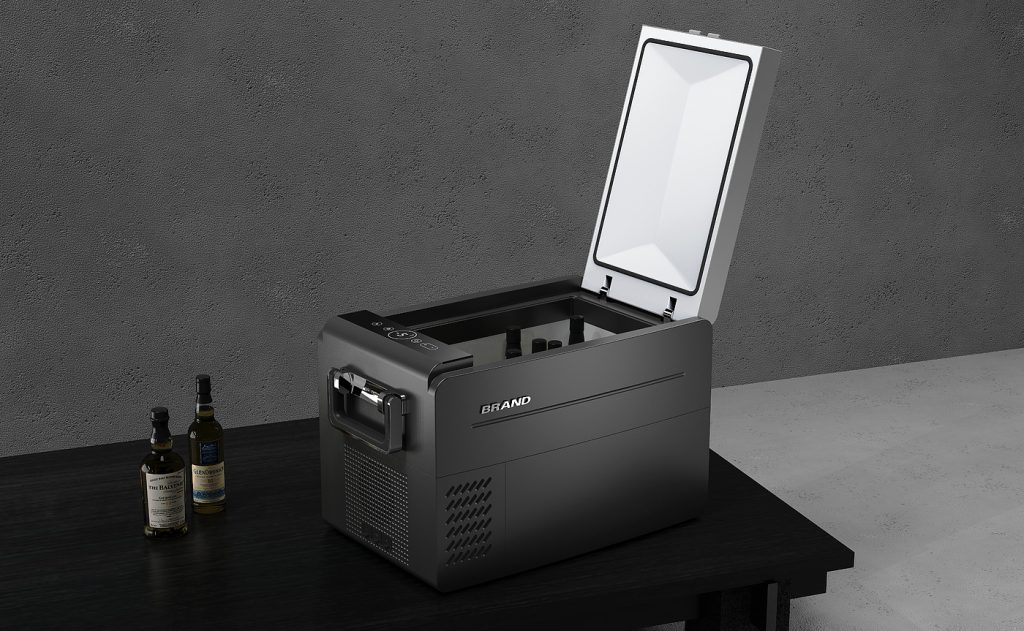
Conclusion
With technological advances, lifestyle shifts, and NEV synergies driving demand, the sector is set for sustained growth. For automakers and investors, the message is clear: cooling is heating up.
Appendix: Li L9
| Category | Details |
| 1. Cooling Performance | – Temperature Range: Cooling (-18°C to +10°C); Warming (up to +55°C). – Cooling Speed: Reaches -18°C in ~20–30 minutes (from 25°C ambient). – Dual-Zone Functionality: No (single-zone). |
| 2. Power & Energy Efficiency | – Power Consumption: 55W (low-voltage DC compressor). – Energy Source: Vehicle’s 12V battery system (with intelligent power management). – Low-Voltage Protection: Auto-shutoff below 11.5V. |
| 3. Durability & Ruggedness | – Vibration Resistance: Automotive-grade (5–15G) for rough/off-road use. – Operating Environment: Ambient temp (-30°C to +55°C); Humidity tolerance (up to 85% RH, non-condensing). |
| 4. Smart & User-Friendly Features | – Control Options: In-car infotainment screen (preset modes: “Ice Mode,” “Beverage Mode”); Remote pre-cooling via Li Auto mobile app. – Safety Protection: Overheat/overcooling regulation; Auto-shutoff at >40° tilt. |
| 5. Physical Design & Integration | – Capacity: 10 – 15L (varies by configuration). – Installation: Integrated into rear center console (between second-row seats). – Noise Level: ≤35 dB. |
| Notes | – Compressor-type (superior to semiconductor models in efficiency/durability). – Seamless integration with vehicle systems (vs. larger aftermarket portable units). |


